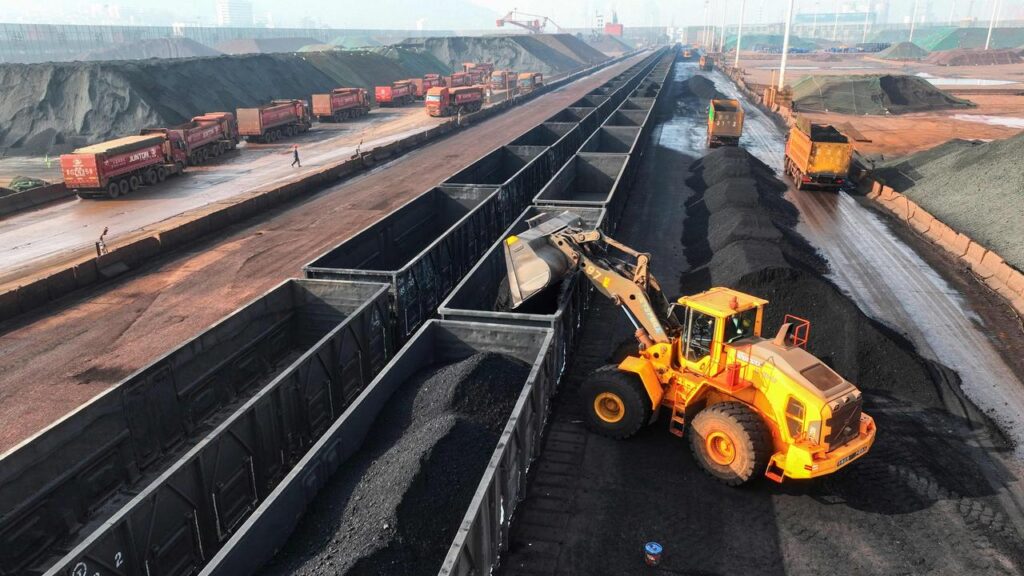China Shenhua, the country’s largest coal producer, announced a 2.59% cut in its 2024 coal output target, raising questions about the future direction of the industry. This move comes amidst a heated debate within the Chinese government regarding balancing energy security needs with rising safety concerns in the sector.
Key Points:
- Production Cuts:
- China Shenhua: 316.1 million tonnes (mt) in 2024, down from 324.4 mt in 2023.
- Shandong province: 85 mt in 2024, down from 87.06 mt in 2023 and 97.53 mt in 2022.
- Potential Impact:
- These cuts could push China’s overall coal production into a year-on-year decline.
- However, the execution of these plans remains uncertain due to:
- Ongoing debate within the government between energy security and safety priorities.
- Flexibility in previous production targets (e.g., Shenhua exceeding its 2023 target).
- Resistance from some provinces (e.g., Shanxi) to production cuts.
- Safety Concerns:
- Recent years have seen a surge in coal mining accidents, prompting calls for stricter regulations.
- The discovery of 500 mt of illegal production capacity in Shanxi highlights the need for improved oversight and compliance.
- Complexity:
- Balancing energy security, safety, regulatory enforcement, and economic imperatives is a significant challenge for the Chinese coal sector.
- Aligning production targets with government directives and ensuring compliance with regulations remain ongoing issues.
Additional Details:
- The production cut announcements follow a heated debate between top officials over China’s energy security needs and the rise in mining accidents.
- Shenhua also plans to decrease coal sales by 3.27% and increase power generation by 1.9% in 2024.
- Jinneng Holding is the only major producer in Shanxi seen reducing output, amidst allegations of internal corruption.
- Shanxi authorities have threatened to restrict coal supply to generators if pressure to address overproduction and illegal activities persists.
The future of China’s coal industry remains uncertain, with conflicting pressures pushing in different directions. While the government seeks to address safety concerns and potential oversupply, the need for energy security continues to be a critical factor. The ability to effectively balance these competing priorities will be crucial for determining the industry’s future trajectory.
Source: TheCoalTrader, AI generated










